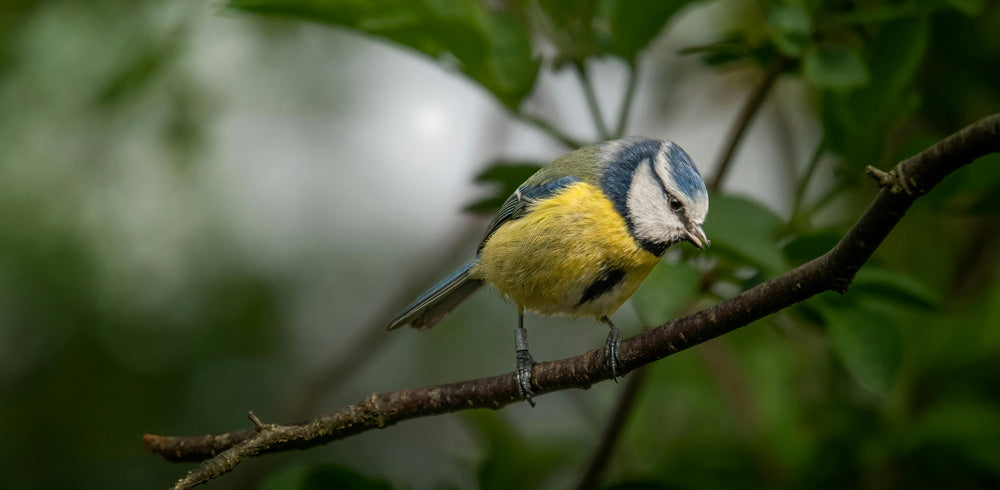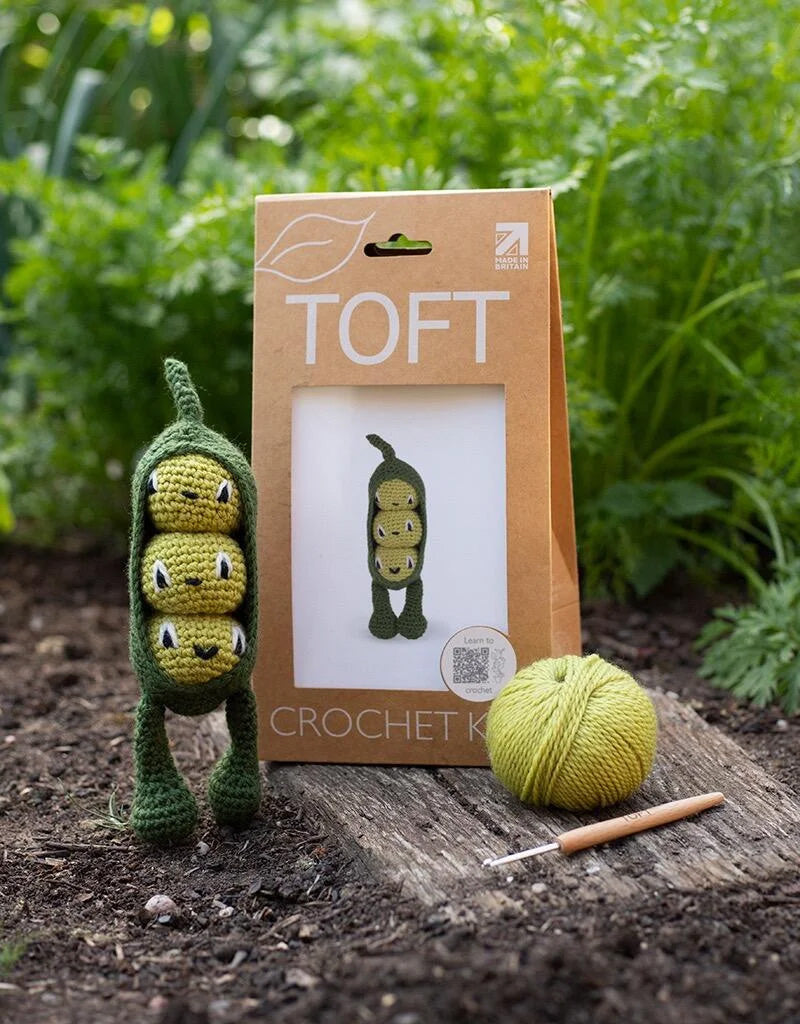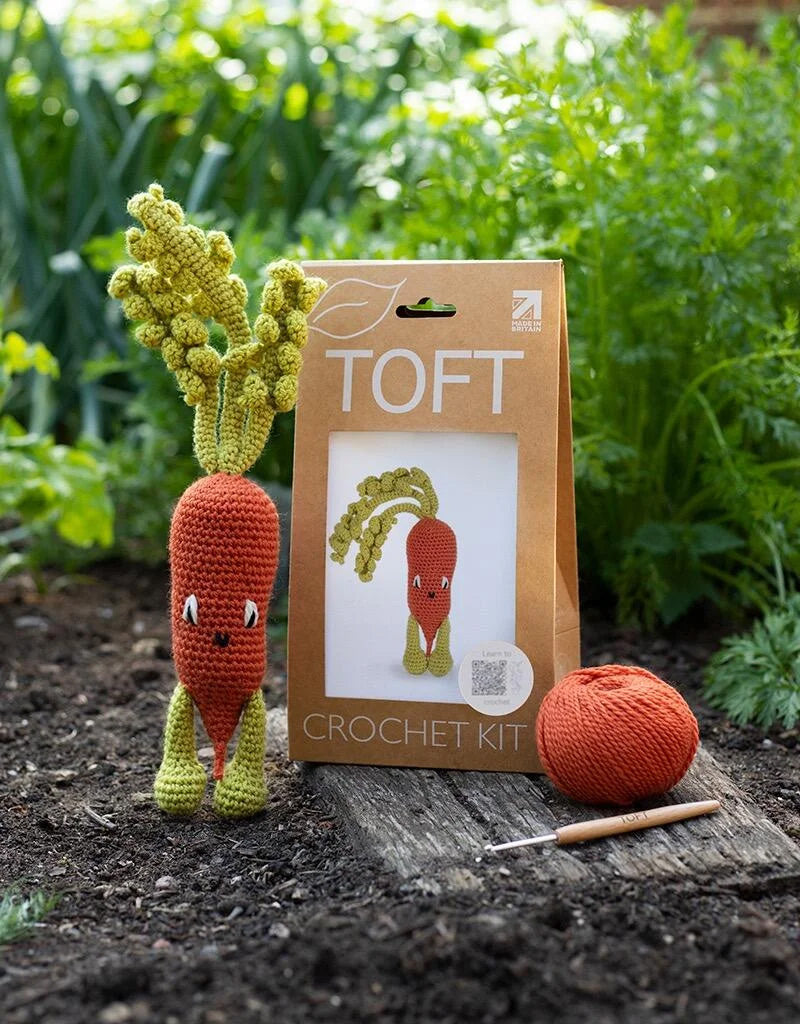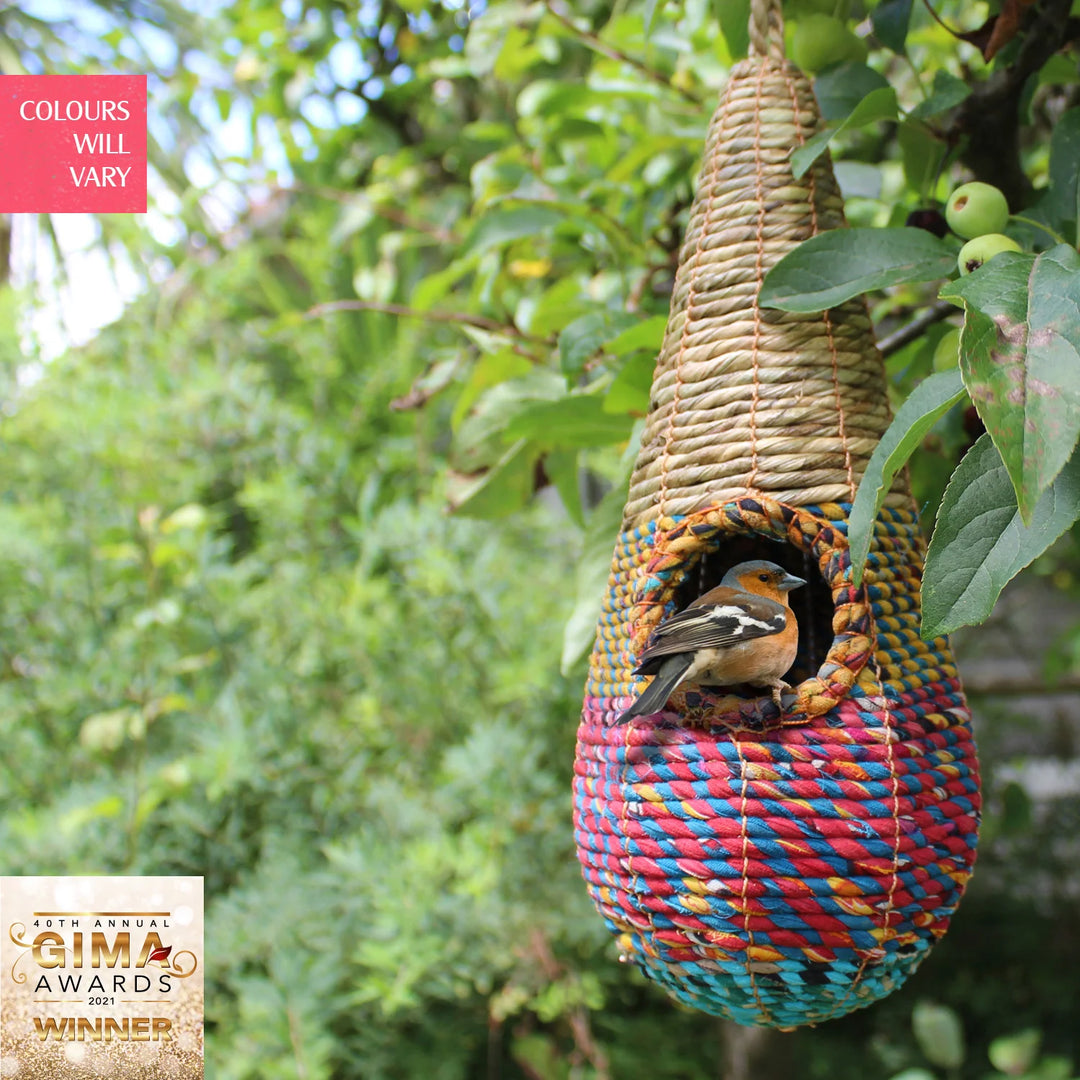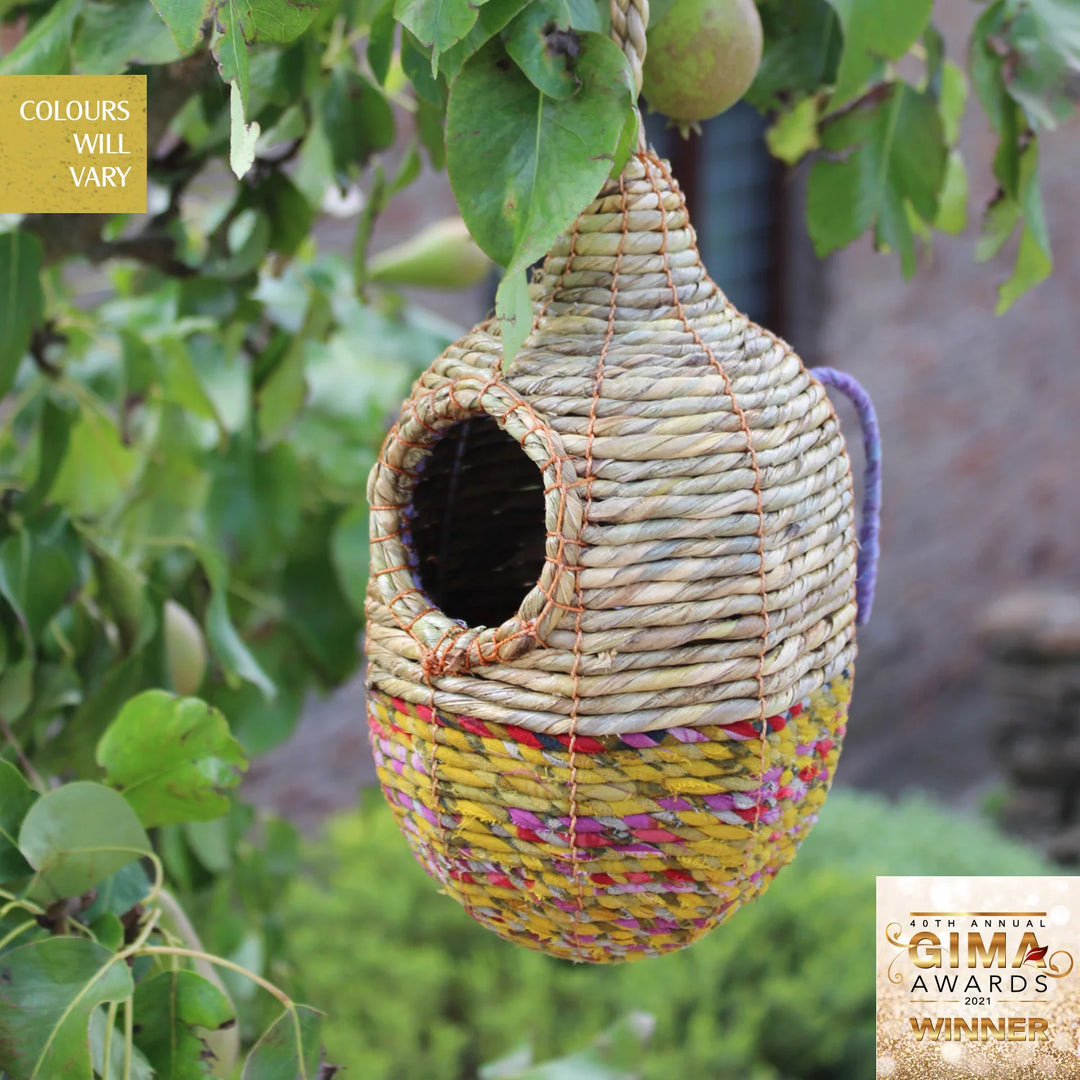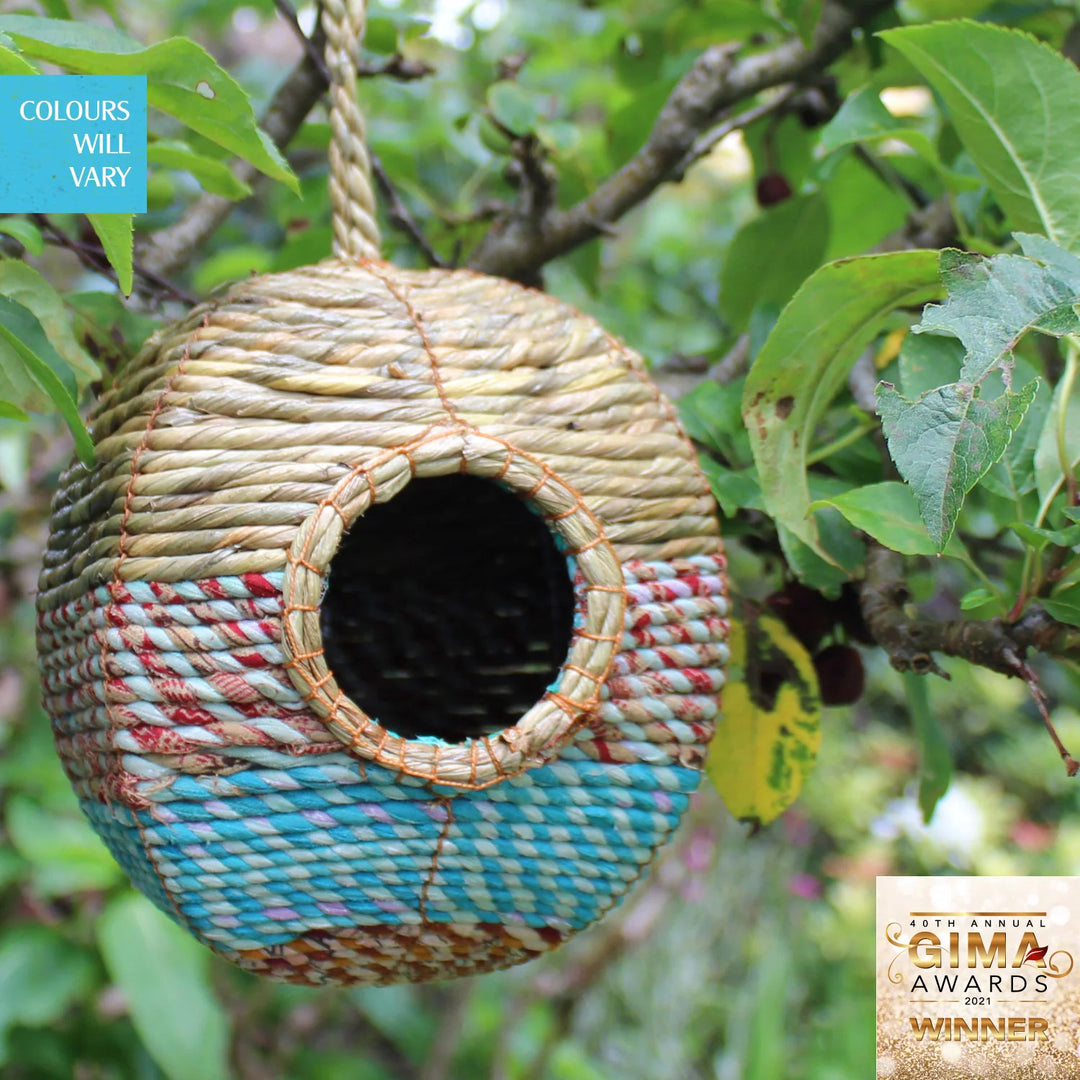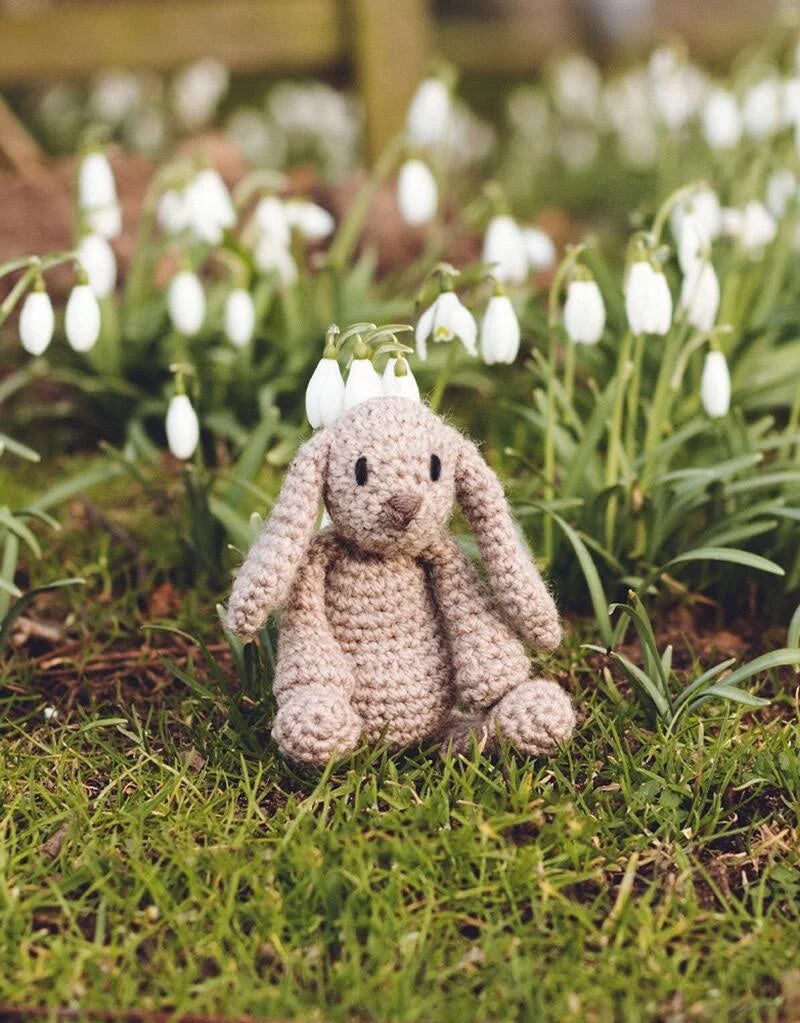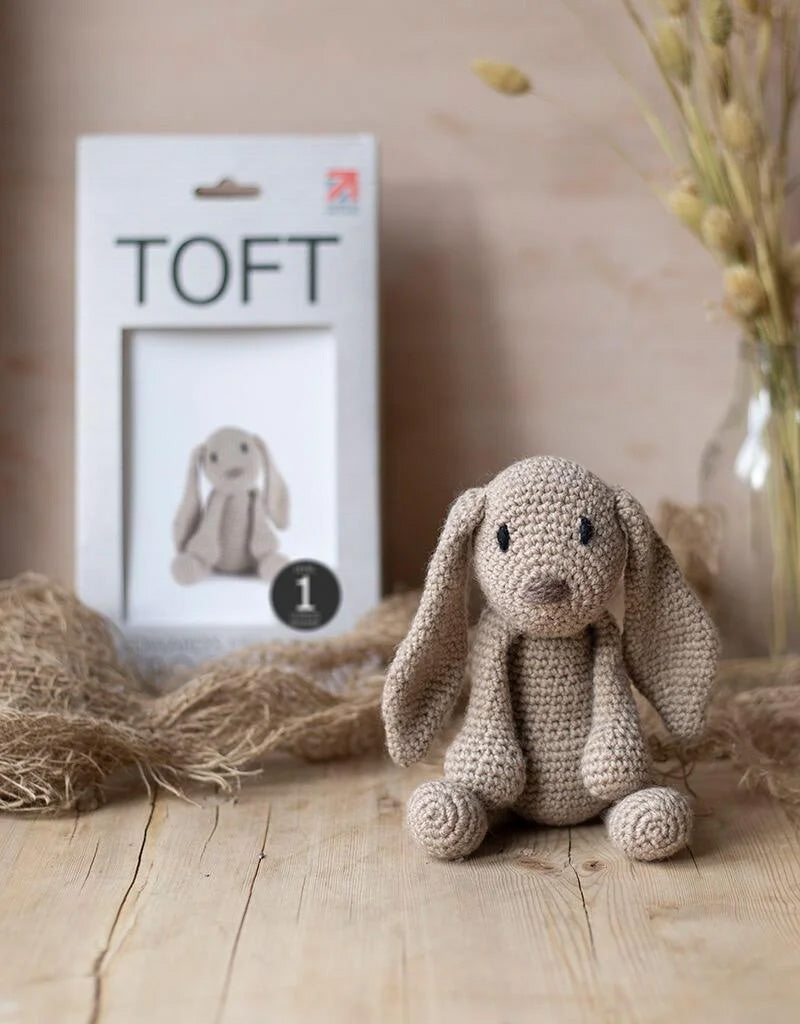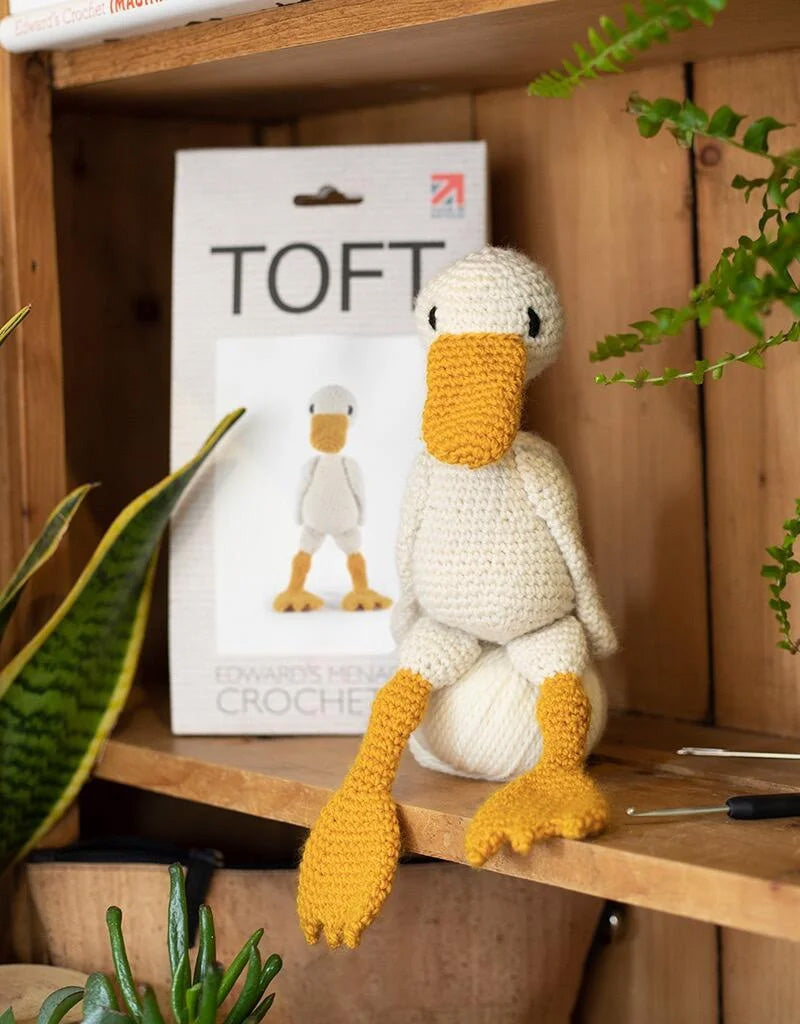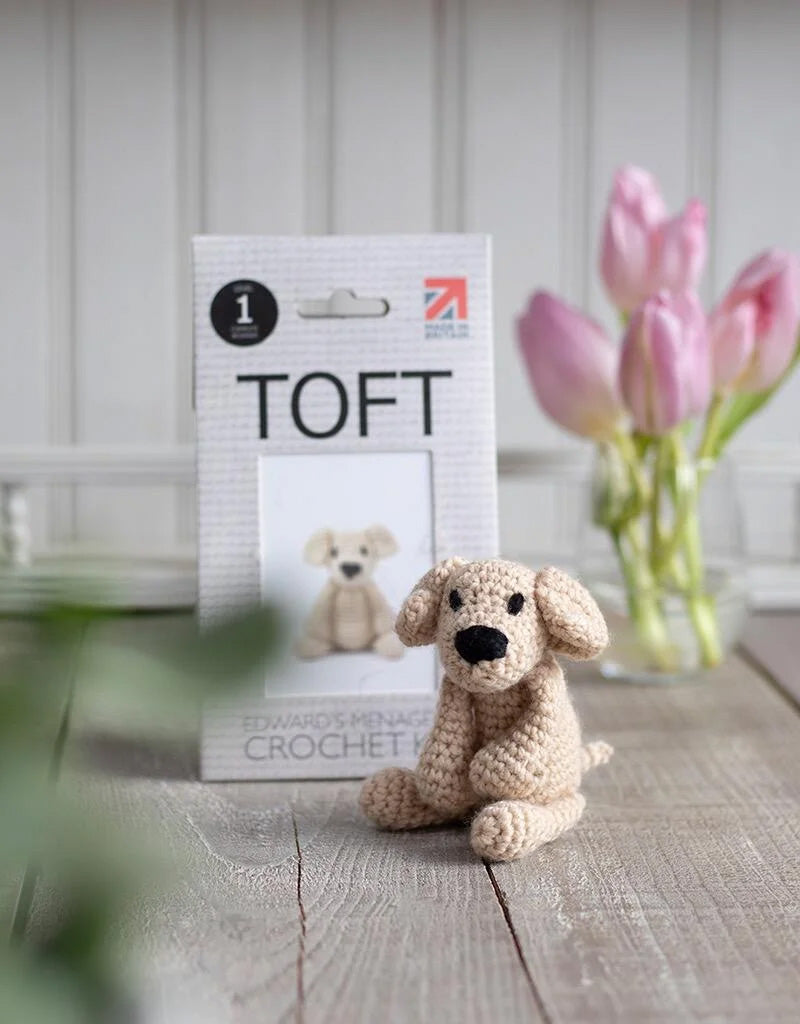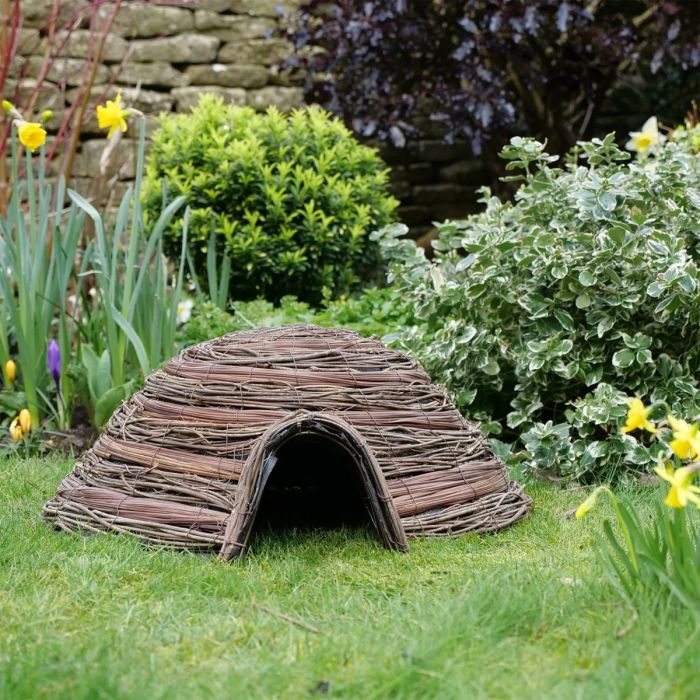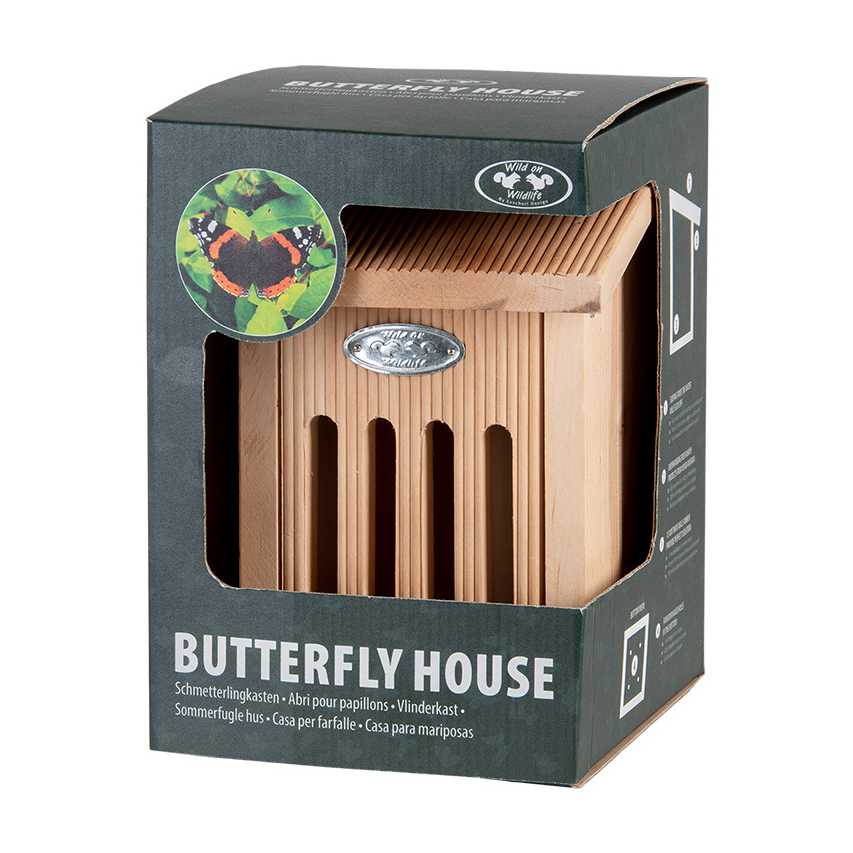Blue Tits
The blue tit, scientifically known as Cyanistes caeruleus, is a small and colourful bird that can be found throughout the United Kingdom. These wild birds are known for their vibrant plumage and distinctive blue and yellow colours, making them a popular sight for birdwatchers and nature enthusiasts.
Blue tits are commonly found in a variety of habitats, including woodlands, parks, gardens, and hedgerows. They are known to be adaptable birds, able to thrive in both rural and urban environments. However, despite their ability to adapt, blue tits are considered to be endangered in the UK and are protected under wildlife conservation laws.
One of the most fascinating aspects of blue tits is their annual migration patterns. While some blue tits are resident birds that stay in the UK year-round, others migrate to warmer climates during the winter months. These migratory birds can travel long distances to find suitable habitats and food sources.
Blue tits are known for their intricate nest-building skills. They build their nests in tree holes, nest boxes, and even in crevices in buildings. The female blue tit is responsible for constructing the nest, using materials such as moss, feathers, and fur to create a cozy and secure home for their eggs and chicks.
In addition to their impressive nest-building abilities, blue tits are also known for their striking plumage. The bright blue and yellow colours of their feathers make them easy to spot in the wild. Their small size and agile movements also make them a joy to watch as they flit from branch to branch in search of food.
The beak of a blue tit is another interesting feature. Their slender beaks are perfectly adapted for their diet, which consists mainly of insects, seeds, and berries. Blue tits are known to be skilled foragers, using their beaks to extract insects from tree bark and crack open seeds.
Feathers play a crucial role in the life of a blue tit. Their feathers provide insulation to keep them warm in the winter months and protect them from the elements. The bright colours of their feathers also serve as a form of communication, helping them attract mates and establish territories.
Overall, blue tits are fascinating birds that play an important role in the ecosystem. By protecting their habitats and ensuring their conservation, we can help ensure that future generations can continue to enjoy the beauty of these wild and wonderful creatures.
Blue tits are commonly found in a variety of habitats, including woodlands, parks, gardens, and hedgerows. They are known to be adaptable birds, able to thrive in both rural and urban environments. However, despite their ability to adapt, blue tits are considered to be endangered in the UK and are protected under wildlife conservation laws.
One of the most fascinating aspects of blue tits is their annual migration patterns. While some blue tits are resident birds that stay in the UK year-round, others migrate to warmer climates during the winter months. These migratory birds can travel long distances to find suitable habitats and food sources.
Blue tits are known for their intricate nest-building skills. They build their nests in tree holes, nest boxes, and even in crevices in buildings. The female blue tit is responsible for constructing the nest, using materials such as moss, feathers, and fur to create a cozy and secure home for their eggs and chicks.
In addition to their impressive nest-building abilities, blue tits are also known for their striking plumage. The bright blue and yellow colours of their feathers make them easy to spot in the wild. Their small size and agile movements also make them a joy to watch as they flit from branch to branch in search of food.
The beak of a blue tit is another interesting feature. Their slender beaks are perfectly adapted for their diet, which consists mainly of insects, seeds, and berries. Blue tits are known to be skilled foragers, using their beaks to extract insects from tree bark and crack open seeds.
Feathers play a crucial role in the life of a blue tit. Their feathers provide insulation to keep them warm in the winter months and protect them from the elements. The bright colours of their feathers also serve as a form of communication, helping them attract mates and establish territories.
Overall, blue tits are fascinating birds that play an important role in the ecosystem. By protecting their habitats and ensuring their conservation, we can help ensure that future generations can continue to enjoy the beauty of these wild and wonderful creatures.


